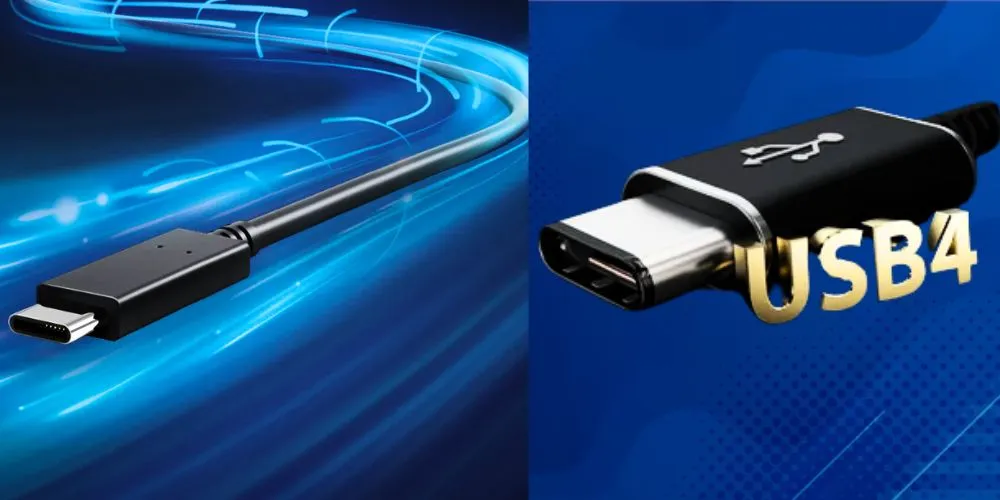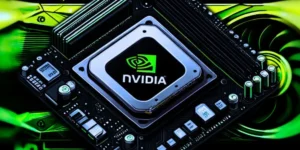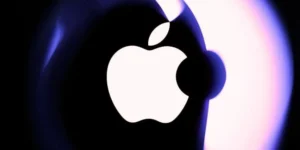USB technology has evolved for decades to meet the growing demands of faster data transfer, power delivery, and universal compatibility. Now, USB4 is set to revolutionize connectivity by combining the best features of previous USB versions and Thunderbolt 3 into a single, robust standard. With higher speeds, better efficiency, and improved device compatibility, USB4 is shaping up to be the most exciting innovation in port technology in recent years.
Blazing-Fast Speeds for Modern Devices
One of USB4’s most significant improvements is its data transfer speed. Supporting up to 40Gbps, USB4 matches Thunderbolt 3 performance, doubling the maximum speed of USB 3.2 (20Gbps). This upgrade is particularly beneficial for external SSDs, high-resolution monitors, and professional-grade peripherals, allowing faster file transfers, smoother video streaming, and enhanced productivity.
Unified Compatibility and Simplified Standards
One of the most significant issues with previous USB versions was confusing naming schemes and inconsistent compatibility. USB4 simplifies this by merging USB and Thunderbolt technologies into a single standard. Devices that support USB4 can seamlessly work with older USB-C, USB 3.2, and Thunderbolt 3 peripherals, reducing the frustration of incompatible ports and cables. This shift moves us closer to a proper universal connection standard.
Improved Power Delivery for All Devices
USB4 also enhances power delivery, supporting up to 100W or more, making it an ideal solution for charging high-power devices like laptops, tablets, and even some desktop accessories. This improvement eliminates the need for separate power adapters, simplifying cable management and reducing electronic waste. With more devices adopting USB-C as their charging standard, USB4 helps create a future where one cable can handle power and data needs.
The Future of Docking and External GPUs
With full support for PCIe tunneling, USB4 significantly improves external GPU (eGPU) performance, making it a game-changer for gamers, video editors, and professionals needing high-performance computing. Additionally, docking stations and multi-port hubs will benefit from increased bandwidth, allowing users to connect multiple high-speed peripherals without performance bottlenecks.
Conclusion
USB4 is more than just another incremental update, it’s a game-changing innovation that simplifies connectivity, boosts performance, and enhances versatility. By integrating Thunderbolt 3 speeds, improved power delivery, and universal compatibility, USB4 is set to become the go-to port standard for modern devices. As more manufacturers embrace this technology, USB4 will streamline how we connect, charge, and transfer data, making it one of the most exciting advancements in port technology.










